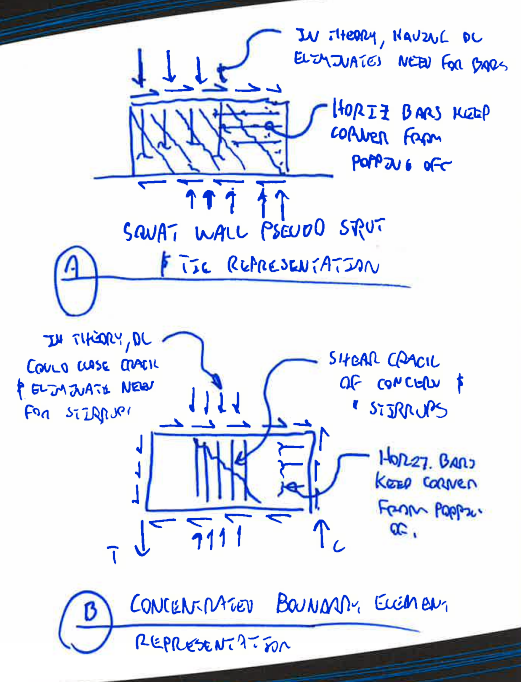monchie
Structural
- Feb 22, 2011
- 96
Hello,
Pls. find attached sketch of a shear wall.
The resisting moment(Mr) is obviously much bigger than the overturning moment. If this is the case,then, wht is the net resulting moment?
Does it mean that the wall will only act generally in "compression"?
Any ideas will be greatly appreciated.
Pls. find attached sketch of a shear wall.
The resisting moment(Mr) is obviously much bigger than the overturning moment. If this is the case,then, wht is the net resulting moment?
Does it mean that the wall will only act generally in "compression"?
Any ideas will be greatly appreciated.

